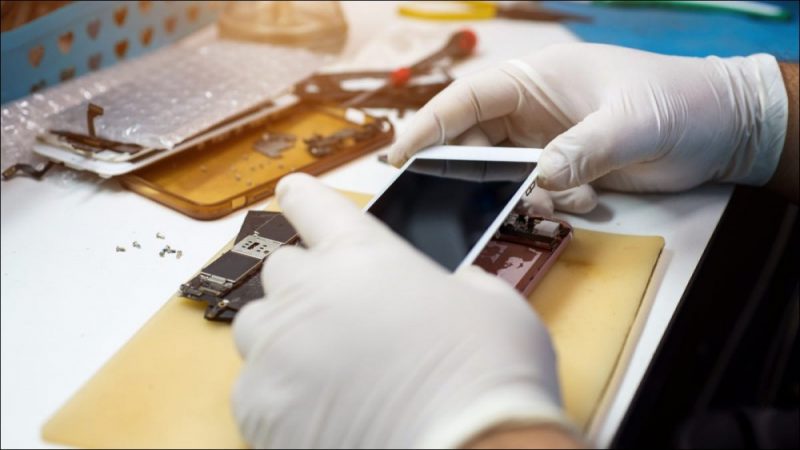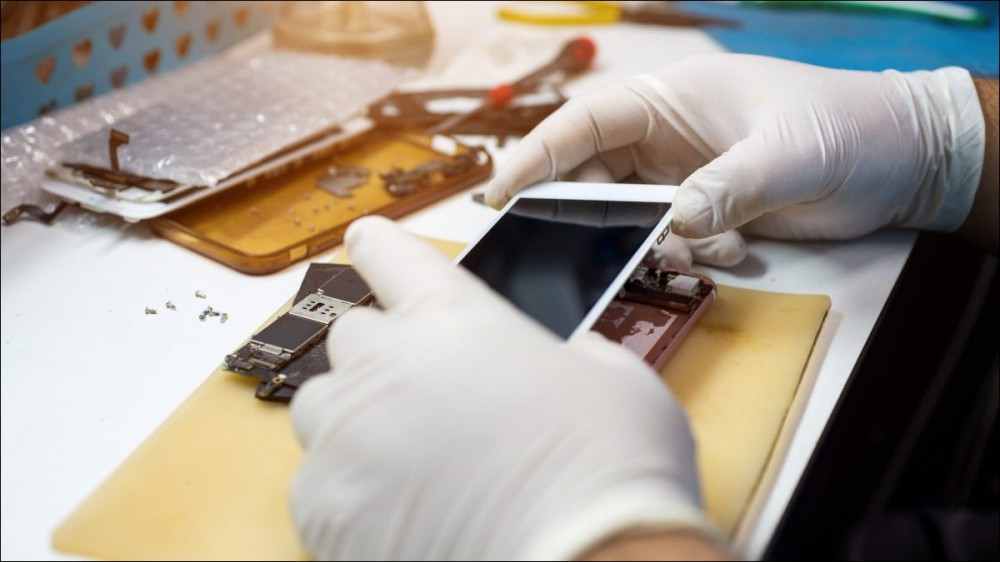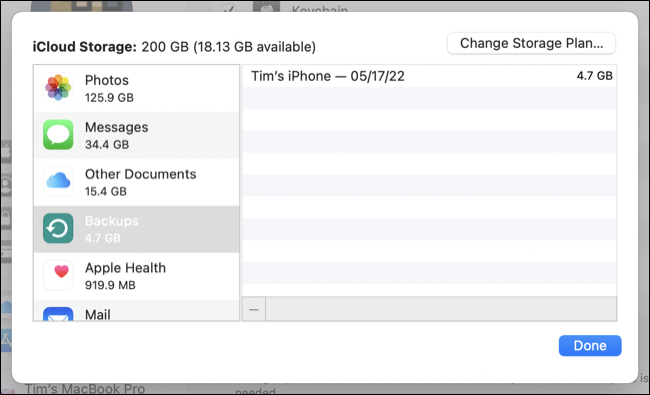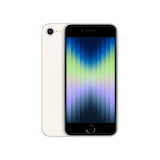Can You Recover Data From a Destroyed iPhone?


Has your iPhone been damaged to the point of no longer being usable? Is the screen smashed or does it not even turn on? You can buy a new iPhone, but the data on your old device may be irreplaceable. Fortunately, you may be able to recover it.
Was Your iPhone Backed Up?
If you have a recent backup for your iPhone, you’re in luck. There are two different types of backup you may have: an over-the-air cloud backup to iCloud, or a local backup on a Mac or PC.
iCloud backups are the easiest to work with since they take care of themselves once they’ve been set up. You’ll need enough free iCloud storage for this to work, which for most people will involve paying for the 50GB ($0.99/month) option.
You can see whether you have backups turned on and when the last successful backup was made using other devices connected to your Apple ID. These include other iPhones or iPads, a Mac, or a Windows PC running iCloud for Windows:
- On an iPhone or iPad: Launch the Settings app, tap on your name then navigate to > iCloud > Manage Storage > Backups.
- On a Mac: Launch System Preferences, click on Apple ID, then select the iCloud tab on the left. Click on Manage then select “Backups” in the window that appears.
- On a Windows PC: Launch iCloud for Windows, click on Storage, then select “Backups” on the left.
If you have an iCloud backup that’s recent, data on your iPhone is safe. You can restore your iPhone using the “Restore from iCloud Backup” option that is presented to you when you activate a new iPhone. Your device will be put back just as you remember it, though how long this takes depends on the speed of your internet connection.

Note that if you have iCloud Photo Library enabled (and enough free space to copy everything to the cloud) then your personal media will already be backed up. You can log in on iCloud.com to see the latest snaps copied to the cloud.
If you have been backing up your device to a Mac, you can see your available offline backups using Finder. To do this, launch Finder and click on Go > Go To Folder… at the top of the screen, then copy and paste this location followed by Enter: ~/Library/Application Support/MobileSync/Backup/
On Windows use the search bar to enter %appdata% followed by the Enter key, then navigate to “Apple” or “Apple Computer” followed by MobileSync > Backup. On a Mac or Windows PC, these local backups can be restored by connecting a new device and selecting
To transfer a local backup to a new iPhone first connect the replacement to a Mac or Windows with iTunes, choose “Restore From This Backup” when prompted, then select the backup you want to restore.
Is Your iPhone Recognized by a Mac or PC?
If your iPhone screen is smashed or the device appears unresponsive but still turns on, you may still be able to make a fresh backup that you can transfer to a new device. This will save everything on the iPhone to your Mac or Windows 10 or 11 drive in a format that can be restored using Finder or iTunes for Windows.
To do this, make sure your device is turned in then connect it to your Mac or Windows PC. Launch Finder (on a Mac) or iTunes (on Windows) to see if the device is recognized. Be aware that you may need to “Trust” a device by allowing access on your iPhone screen before it will communicate with your computer, and this can be difficult if the device isn’t functioning normally.
You can create a new backup on a Mac by selecting the device in the Finder sidebar and then clicking “General” followed by “Back up all of the data on your iPhone to this Mac” (you can also choose to encrypt the backup with a password if you want). Click “Back Up Now” to start the process.
On Windows, launch iTunes and click on your iPhone in the top-left corner of the window followed by Summary > Back Up Now. You can restore these backups to a new (or as-new) iPhone using Finder or iTunes for Windows.
If you already have an iCloud backup and are using other iCloud services like iCloud Photo Library, you don’t necessarily need to do this (but more backups can’t hurt).
Recover Data by Repairing the Device to a Bootable State
If the device doesn’t boot or isn’t being recognized by a Mac or PC, and you haven’t used iCloud backup or other iCloud services to save data, you may not be completely out of luck. Repairing a damaged iPhone is often not worth it, since the cost of repairs is often comparable with the price of a new unit.
But you may only need to repair your device to a bootable (not necessarily usable) state to back up the data. If the speakers don’t work or the screen is partially obscured by a crack, that’s not a problem provided you can communicate with a Mac or Windows PC running iTunes (as per the previous section).
What this entails depends entirely on the damage done to your device. For example, if the only thing stopping your iPhone from communicating is a damaged Lightning port, you may be able to disassemble the iPhone, replace the Lightning port, then perform the backup.
Apple introduced a Self Service Repair program for iPhone owners in 2022, which allows “individuals with the knowledge and experience to repair electronic devices” to fix their iPhones. Apple supplies repair manuals, tools, and replacement parts (for a fee) to allow you to repair your device, but it’s not for everyone.
You can also use iFixit’s iPhone repair hub to get instructions on how to disassemble, diagnose, and repair your device. You’ll probably need a set of specialist tools for prying the device open and removing screws and ribbon cables. How far you go with the repair depends on how much your stranded data is worth to you.
Third Party Repair and Recovery Options
If you’re not feeling particularly confident about a DIY repair, third-party data recovery services exist. The problem is that they can cost as much as a new device, and there’s no guarantee that your data will be recovered.
Take a service like iPad Rehab which specializes in all manner of iPhone and iPad repairs. The service promises to “perform open-ended troubleshooting and micro soldering to identify and correct faults on the logic board to bring the dead phone back to life enough to provide a path to your data.”
The quoted price for this method is $300-$600, though they do offer a “no data, no fee” promise and a queue time of around four weeks. You can throw in another $100 to jump the queue if you’re desperate.
There are plenty of other companies that offer data recovery services, and many will be local to you. These companies often don’t provide quotes until you request an evaluation, though payment plans often exist. Paying someone else to recover your data doesn’t require soldering skills or specialist equipment, but it will likely cost you more since you’re paying for expertise.
Set a Backup and Don’t Let This Happen Again
By far the best thing you can do to safeguard your data is to use a backup solution. iCloud backup may cost you anything from 99 cents to a few dollars per month, but it’s a lot cheaper than paying for specialist data recovery services.
Set up an iCloud backup under Settings > [Your Name] > iCloud > iCloud Backup by toggling it on. You might be asked to sign up for more iCloud space, so why not learn what else you can use your iCloud storage space for?
If your iPhone is no longer usable and you need a replacement, take a look at our recommendations for the best iPhones available right now.














